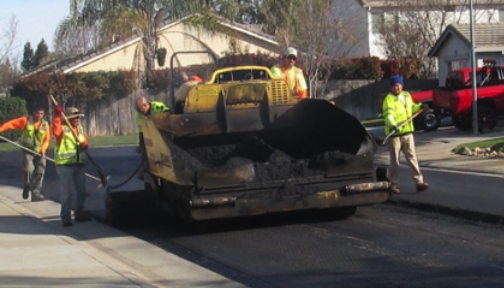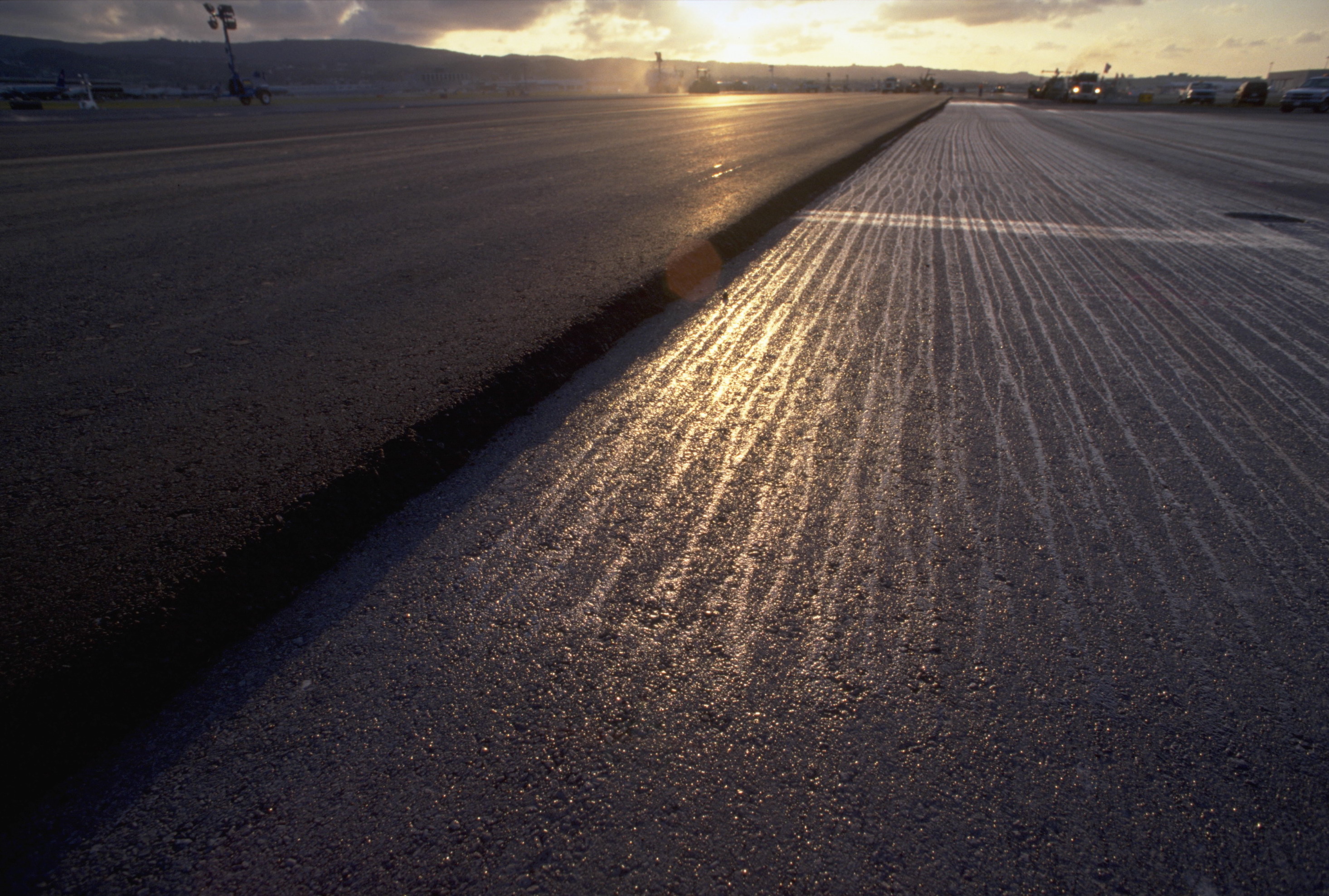Opening the Keys of Warm Mix Asphalt Modern Technology
Discovering the midsts of warm mix asphalt modern technology uncovers a globe where thorough processes and exact solutions converge to form our roads and framework. The combination of aggregates, fillers, and binders isn't simply a construction job however a strategic orchestration of resilience and performance.
Importance of Hot Mix Asphalt
Hot Mix Asphalt plays a vital role in modern facilities advancement because of its resilience and cost-effectiveness. As the most generally utilized leading product for roads, highways, and parking area, Hot Mix Asphalt offers a variety of advantages that add to its importance in building projects. One essential benefit is its capability to endure heavy website traffic loads and severe climate problems, supplying a durable and reputable surface area for transport networks. In Addition, Hot Mix Asphalt is cost-effective in both first building and construction and long-term upkeep, making it a preferred option for numerous facilities jobs.
The resilience of Hot Mix Asphalt stems from its structure, which consists of aggregates, binder, and filler materials that are meticulously chosen and mixed to satisfy particular efficiency needs. On the whole, the relevance of Hot Mix Asphalt in framework development can not be downplayed, as it continues to be a cornerstone of modern building practices.
Parts of Asphalt Mixes
The composition of asphalt mixes includes carefully picked accumulations, binder, and filler products that are crucial for achieving certain performance demands. Accumulations are the main part of asphalt blends, offering strength and security. These aggregates can be all-natural, such as gravel or smashed rock, or artificial, like recycled materials from old sidewalks. The binder, typically bitumen or asphalt cement, holds the aggregates with each other and supplies adaptability and toughness to the mix. The choice of the binder is important as it directly affects the mix's performance in various weather. Fillers, such as moisturized lime or Portland cement, are made use of to boost the mix's workability and aging resistance. Angled Parking.
The combination and proportion of these parts play a significant role in identifying the top quality and efficiency of the asphalt mix. Engineers carefully develop the mix to meet particular demands, considering aspects like traffic quantity, climate problems, and pavement life expectancy. Proper option and balancing of aggregates, binder, and fillers are essential for creating resilient, durable asphalt sidewalks.
Mixing and Production Methods

As soon as the accumulations are picked, the binder, frequently asphalt concrete, is added to bind the products together. The binder's quality and quantity considerably influence the mix's adaptability, resistance, and stamina to ecological factors. In addition, fillers like hydrated lime or Rose city concrete may be incorporated to improve specific characteristics of the asphalt mix, such as its workability or moisture resistance.
Throughout production, the accumulations and binder are warmed, normally in between 250-325 ° F(121-163 ° C ), to help with blending and guarantee correct layer of the accumulations. The blending procedure has to be comprehensive to attain a homogeneous blend that promotes the preferred performance visit this web-site attributes of the asphalt. Different techniques, such as batch blending or drum mixing, are employed to achieve consistent and top quality asphalt mixes for construction jobs.
Elements Impacting Asphalt Performance
Variables affecting asphalt performance include a range of variables that impact the durability, long life, and general quality of asphalt sidewalks. One essential factor is the top quality of products made use of in the asphalt mix.

Environmental problems additionally affect asphalt performance. Temperature level variants, dampness infiltration, and traffic lots can all affect the architectural honesty of the pavement. Style factors to consider, such as sidewalk density and water drainage, are important in making sure the lasting efficiency of the asphalt pavement. By carefully considering these designers, contractors and elements can optimize asphalt efficiency and boost the solution life of pavements.
Lasting Practices in Asphalt Technology

Additionally, the advancement of warm-mix asphalt (WMA) modern technologies has acquired traction in the Find Out More last few years. WMA permits the manufacturing and placement of asphalt mixes at lower temperatures contrasted to typical hot-mix asphalt, leading to minimized energy consumption and greenhouse gas exhausts. The usage of permeable asphalt mixes can assist mitigate stormwater overflow problems by allowing water to infiltrate via the sidewalk and right into the ground, promoting all-natural water filtration and recharge procedures. By carrying out these lasting practices, the asphalt market can add to constructing a more eco-friendly and resilient facilities network.
Conclusion
Finally, hot mix asphalt technology plays an important duty in modern infrastructure growth because of its durability and cost-effectiveness. By very carefully balancing parts, using correct blending methods, and taking into consideration numerous elements, designers can develop premium asphalt mixes that hold up against rush hour lots and rough climate conditions. Embracing lasting practices, such as using warm-mix modern technologies and recycled products, better boosts the ecological friendliness of asphalt modern technology.
Mixing and manufacturing techniques in warm mix asphalt technology involve the specific mix and processing of accumulations, binder, and fillers to produce a long lasting and high-performance asphalt mix.Elements influencing asphalt efficiency encompass an array of variables that affect the longevity, long life, and total top quality of asphalt sidewalks. Lasting practices in asphalt modern technology encompass different campaigns intended at lowering the ecological effect of asphalt production and paving procedures. By incorporating reclaimed asphalt pavement (RAP) and recycled asphalt tiles (RAS) into brand-new navigate to this website asphalt blends, the industry can dramatically reduce the consumption of raw products and power, while additionally lowering garbage dump waste.
WMA allows for the manufacturing and placement of asphalt blends at reduced temperatures compared to typical hot-mix asphalt, resulting in minimized energy consumption and greenhouse gas emissions.